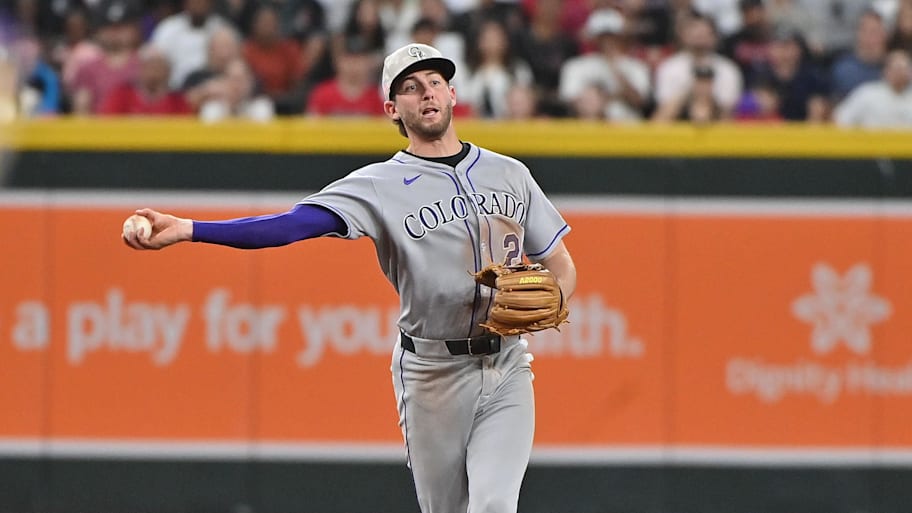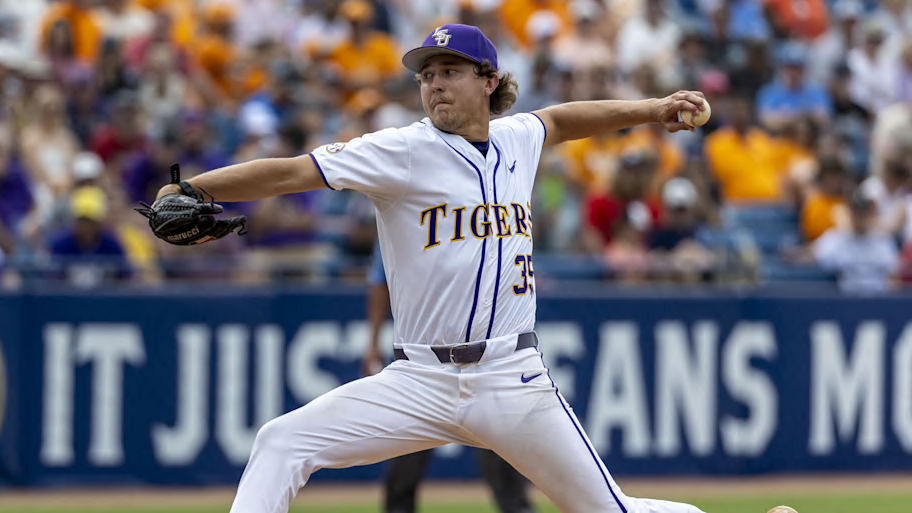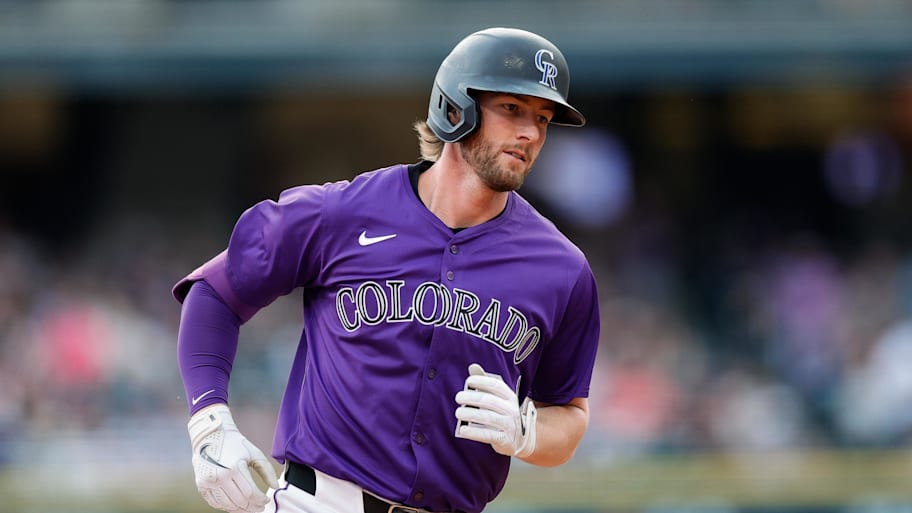In what was the worst kept secret heading into Major League Baseball's July 31 trade deadline, the New York Yankees needed help in the hot corner.
They got just that when they made a move for Colorado Rockies third baseman Ryan McMahon Friday afternoon. In return, the Rockies received two of the Yankees' pitching prospects: Griffin Herring and Josh Grosz.
The Yankees were interested Arizona Diamondbacks third baseman Eugenio Suárez, the best bat on the trade market, but zeroed in on McMahon as a backup plan with many other teams interested in Suárez. Shortly before the McMahon deal was announced, MLB insider Jon Heyman of the New York Post reported that Suárez was the Yankees' top choice but there was a gap in talks with the D-Backs.
With the Yankees deciding to pull the trigger on McMahon with just under a week left before the deadline, how did they make out? And how about the last-place Rockies in this seller's market? Let's dive in.
New York Yankees

Trade grade: B
With six players appearing at third base for New York over this season and current third baseman Oswald Peraza slashing a disappointing .147/.208/.237, the Yankees fill a much needed void with the addition with McMahon. He's no Suárez, but he brings an upgrade at third base for the 56-46 Yankees.
This season, he's slashing .217/.314/.403 through 100 games played with 76 hits, 16 home runs and 35 RBIs. A big knock on McMahon is his home/road splits this season, hitting much better at Coors Field. At home, he's slashing .248/.354/.491 with 11 homers and 22 RBIs compared to .189/.265/.324 with four homers and 13 RBIs on the road. Last season, though, his batting average was closer to even between home and road games, while he hit more long balls on the road (11) compared to at home (9). There should be some optimism for McMahon's home/road splits to not become drastic as he gets away from Coors Field. Plus, he gets the advantage of playing his home games in the left-handed hitter friendly Yankee Stadium.
In the field, the Yankees have committed 16 errors at third base this season, which trails only the Los Angeles Angels (18) for the most across the league. McMahon has made six errors at third base this year, which is a top-10 mark for the position. Last season, he made 15 errors which is some cause for concern, but hopefully the consistency in the hot corner helps fill the Yankees' need heading down the stretch.
It's also important to note that Suárez, 34, will become a free agent after this season. After this year, McMahon has two more years at $16 million apiece left on his deal, giving the Yankees a controllable asset that fills a void without giving up the farm for a rental in Suárez.
Colorado Rockies

Trade grade: B-
Colorado gets New York's No. 8 prospect in Herring and No. 21 prospect in Grosz by sending McMahon out. The move bolsters their No. 18 ranked farm system as Herring immediately slides into their top-five prospects list per MLB Pipeline. He's now their top left-handed pitching prospect and second-ranked pitching prospect overall, behind only righthander Brody Brecht. Herring pitched for LSU in college before the Yankees drafted him in the sixth round of the 2024 MLB draft. Grosz becomes Colorado's No. 18 prospect. He was drafted in the 11th round of the '23 draft.
It's not a massive haul for the Rockies by any means, but they get two long-term prospects for McMahon who they had no reason to keep in the midst of another brutal season. Herring even has the potential to become a contributor to Colorado's staff, whether as a starter or reliever, sooner rather than later. This season with New York's high and low Single A clubs, he has a 1.71 ERA with 102 strikeouts and a 7-3 record over 16 starts.
More MLB on Sports Illustrated
This article was originally published on www.si.com as Ryan McMahon Trade Grades: How Did Yankees, Rockies Fare?.
